Click Below to Skip Ahead
Guinea pigs are smaller animals, though they are large for rodents. When you first adopt a guinea pig, you may get an adult or a juvenile. If you adopt a smaller guinea pig, it is vital to ensure they are growing along the right timeline. Otherwise, it could signal that something is wrong.
In this article, we’ll examine the size a guinea pig should be at every stage and provide information you may need when measuring your rodent.

Fact About Guinea Pigs
Guinea pigs are native to the Andes of South America, which is why they often have longer hair than other rodents. They’re used to a colder climate. The origin of the name “guinea pig” is actually unclear, especially considering that they aren’t related to pigs and aren’t from Guinea.
They are likely descended from a different species and evolved alongside humans over thousands of years—like dogs.
In the Western world, they are often kept as pets. They were first introduced in the 16th century and have been kept as pets ever since. Their docile nature made them instant hits, and many specialized breeds have developed since then.
The Andean people often raise guinea pigs as a food source. They are also important parts of folk practices, hinting at how long ago they were domesticated.
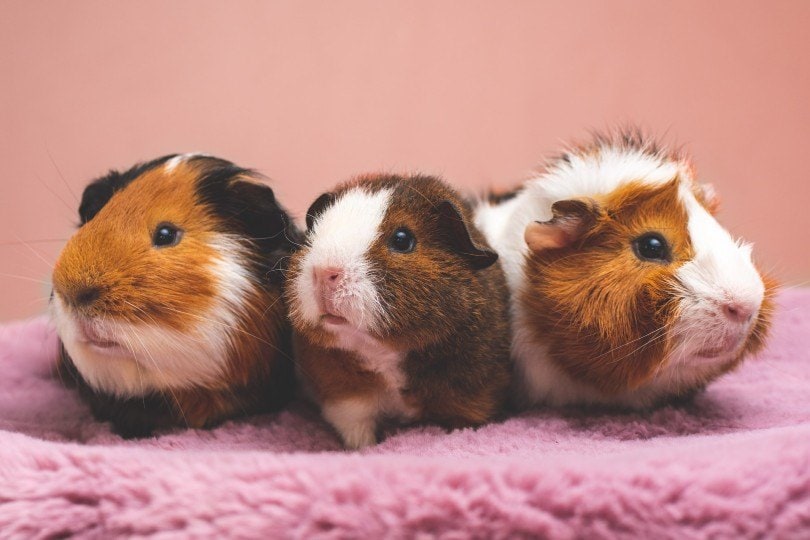
Guinea Pig Size and Growth Chart
The information from this chart shows the standard growth of a Hartley Guinea Pig. Males are bigger than females.
| Age | Weight Range (grams) |
| 2 weeks | 150–250 |
| 4 weeks | 285–400 |
| 6 weeks | 350–550 |
| 8 weeks | 400–700 |
| 10 weeks | 500–800 |
| 12 weeks | 550–900 |
| 14 weeks | 600–950 |
- Source: Charles River

When Does a Guinea Pig Stop Growing?
Usually, guinea pigs are considered adults at 6 months of age. However, their growth will slow substantially at about 14 weeks. At that point, they will not get much bigger. Males are almost always bigger than females, usually by a few hundred grams. However, all guinea pigs stop growing at the same time, no matter their gender.
You can accurately judge a guinea pig’s full size at 14–16 weeks, though they may gain a few grams afterward. Usually, after 14 weeks, they are simply packing on fat.
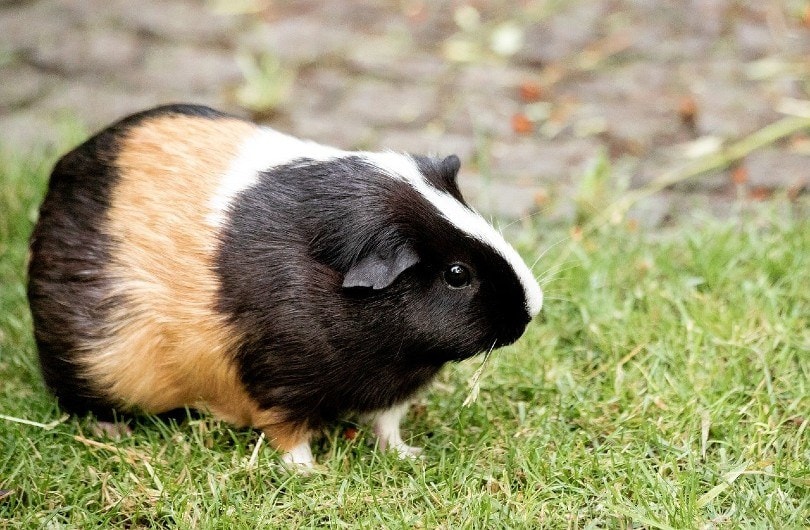
Factors Affecting the Size of Guinea Pigs
You can expect all males to grow at a faster rate, though both sexes will stop growing at about the same time. The breed will also affect the growth rate since some mature faster than others. The Hartley guinea pig is the most common, especially in the scientific community. Therefore, we have the most scientific information about their growth rate. However, other breeds will grow at different rates and reach different sizes.
The diet of guinea pigs can also affect their size. However, if fed correctly, all guinea pigs should keep up with others of their gender and species.
Ideal Diet for Maintaining a Healthy Weight
Guinea pigs need a variety of foods to thrive. Typically, they need unlimited amounts of hay, which should be low in calcium, such as Timothy hay. They must be supplemented with pellets, which will contain more nutrients and help the guinea pig stay healthy.
Guinea pigs can also eat fruits and veggies, though you should be careful in choosing the correct options for your guinea pig. Treats should be fed sparingly since guinea pigs are very small.
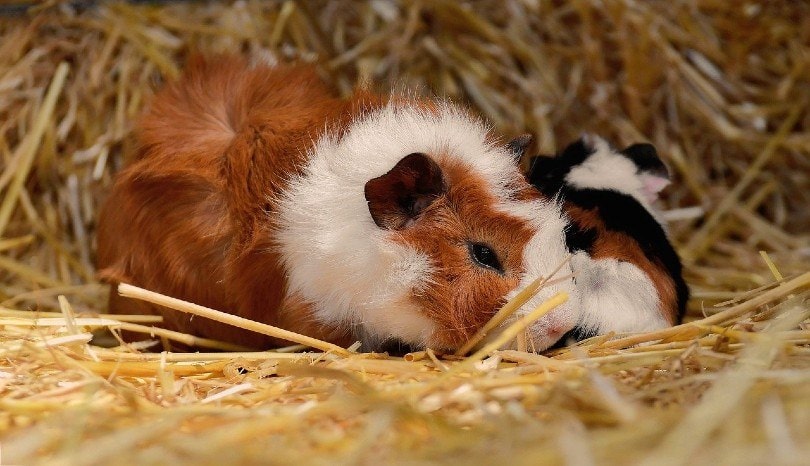
How to Measure Your Guinea Pig
When judging your guinea pig’s growth, you should focus mostly on its weight, especially if you have a younger animal. While you don’t want your guinea pig to be overly large for its length, comparing its length to its weight is not always an accurate way to judge whether it is at a healthy weight.
Measuring a guinea pig can be a bit difficult. The animal will likely not stay still for an extended time, making measuring difficult.
The easiest thing to do is use a kitchen scale, distracting your guinea pig with a treat or affection. Put a paper towel at the bottom of the scale to give your guinea pig extra grip, which may help them feel a bit safer.

Conclusion
Guinea pigs all grow at about the same rate, though it can vary based on the breed. Generally, males grow faster than females and end up a few hundred grams larger. In most breeds, females and males are rarely the same size.
While their diet can affect the growth rate, all guinea pigs, given the appropriate diet, should grow at the correct rate. Most keep growing for at least 14 weeks. However, their growth slows down substantially at 14 weeks, at which you can generally guess their adult size. They won’t get much bigger after that.
Featured Image Credit: Tettania, Shutterstock
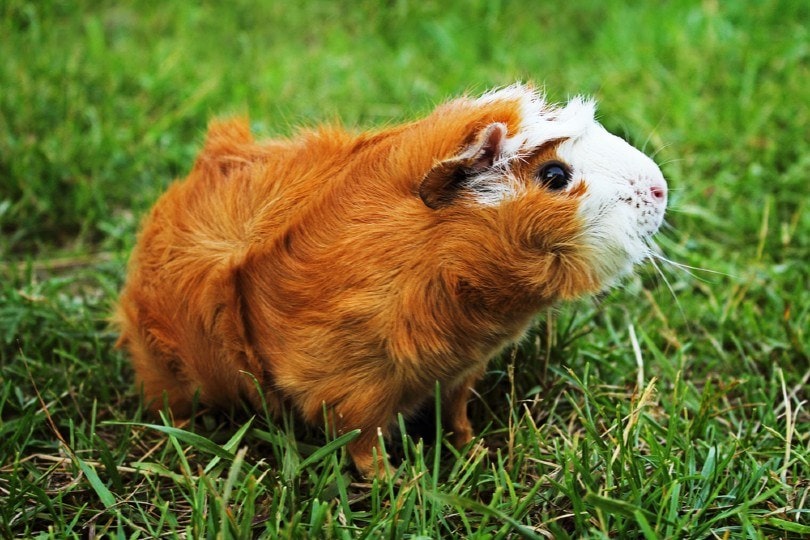





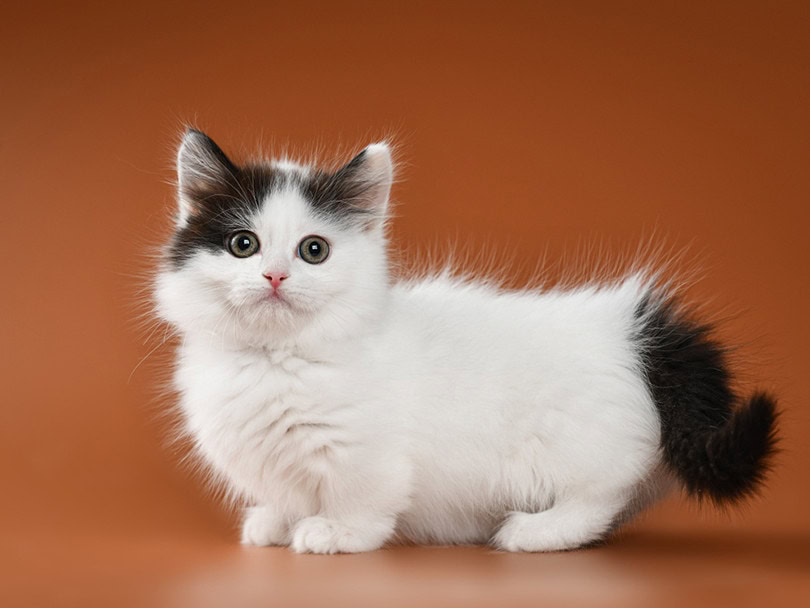
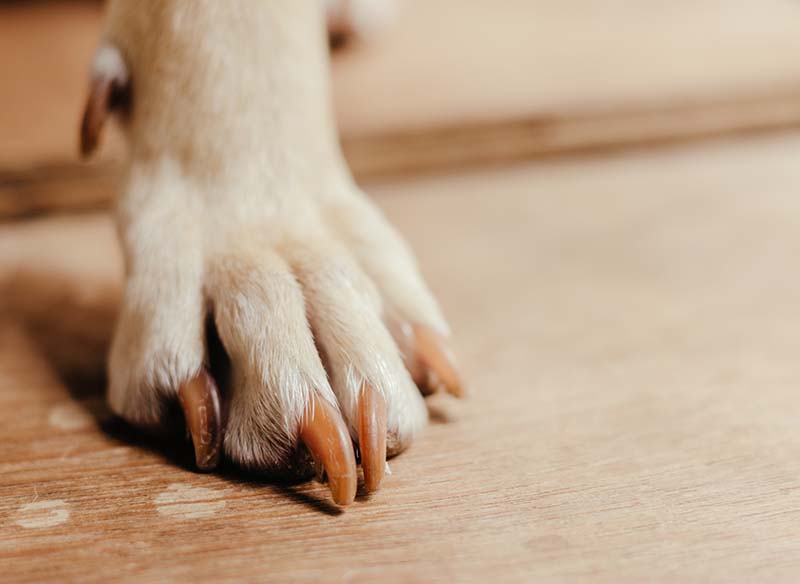
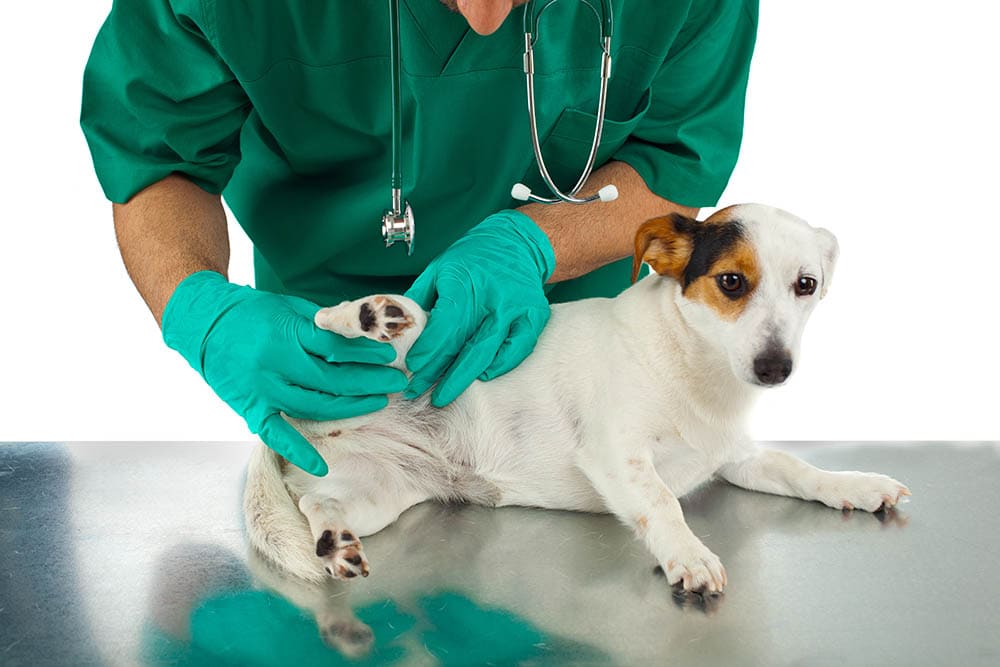


2 Responses
nice article , super
Hello Akash,
thank you very much for your feedback, we are glad that you found information in this article helpful!